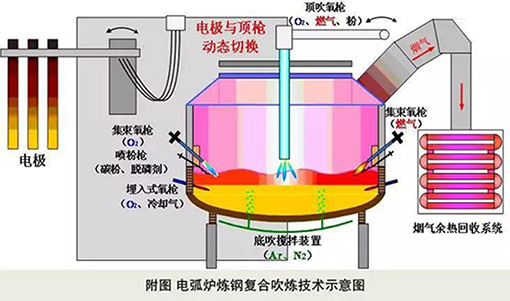Does graphite electrode electrolysis require AC or DC?

DC (Direct Current):
Most Common: DC is more commonly used in electrolysis processes involving graphite electrodes.Electrolyte Decomposition: In DC electrolysis, the electric current flows in one direction, leading to selective reactions at the anode and cathode. This is particularly advantageous when precise control over the electrolytic reactions is needed, such as in metal electroplating, metal extraction, or the production of certain chemicals.
AC (Alternating Current):
Selective Reversal: AC involves a periodic reversal of the current direction.Homogeneous Reactions: AC is sometimes employed when the goal is to promote more homogeneous reactions in the electrolyte. The constant reversal of current can prevent the formation of uneven electrodeposits, making it suitable for certain electroplating applications.
Pulsed DC:
Combination of Both: In some cases, pulsed DC may be used, which combines aspects of both AC and DC. Pulsed DC provides intermittent reversals of current flow, offering control over the electrolytic reactions while minimizing some of the potential drawbacks associated with continuous DC.
Ultimately, the decision between AC and DC for graphite electrode electrolysis depends on the specific process requirements, the desired outcomes, and the nature of the substances involved. Industries and applications may choose the type of current that best suits their needs, ensuring efficient and controlled electrolytic reactions.





